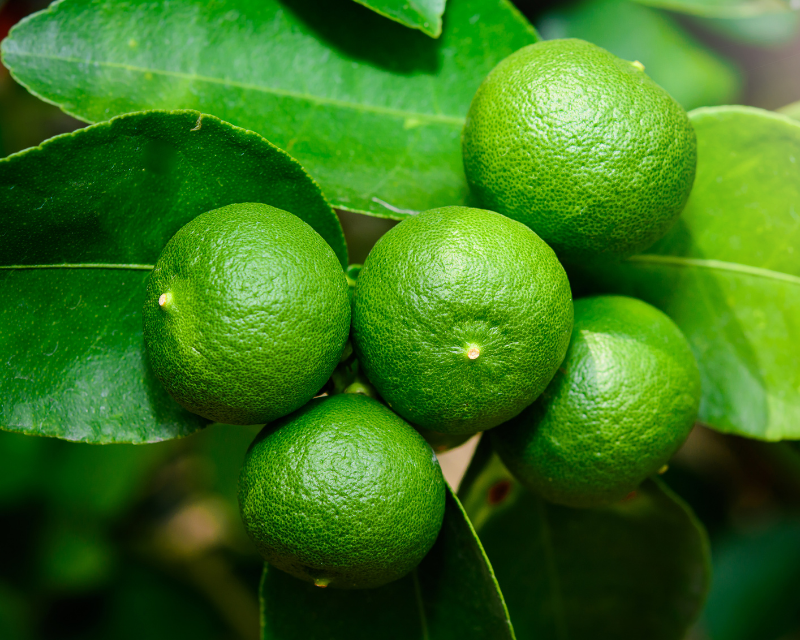The Little Lime That Could
The Little Lime That Could
The Little Lime hydrangea is a small but mighty shrub that is sure to make a big statement in your garden. With its bright green blooms that turn pink in the fall, this plant is a versatile addition that can be used in a variety of settings.
Introduction
The Little Lime hydrangea (Hydrangea paniculata "Little Lime") is a patented variety that is a dwarf version of the popular Limelight hydrangea. It was first introduced in 2011 by Proven Winners, a leading plant breeder and marketer.
Little Lime hydrangeas are compact shrubs that typically grow 3-5 feet tall and wide. They have oval green leaves and produce large, conical clusters of flowers in the summer. The flowers start out green and then gradually turn pink as they age. In the fall, they can also turn burgundy.
Little Lime hydrangeas are hardy in zones 3-8 and can be grown in full sun or part shade. They prefer moist, well-drained soil.
Main Content
Why You Should Grow Little Lime Hydrangeas
There are many reasons why you should consider growing Little Lime hydrangeas in your garden. Here are a few of the benefits:
- They are compact and easy to care for.
- They have beautiful, long-lasting flowers.
- They are versatile and can be used in a variety of settings.
- They are relatively pest- and disease-free.
How to Grow Little Lime Hydrangeas
Little Lime hydrangeas are relatively easy to grow. Here are a few tips:
- Choose a location that gets full sun or part shade.
- Plant in moist, well-drained soil.
- Amend the soil with compost or peat moss before planting.
- Water regularly, especially during the first year after planting.
- Fertilize in the spring with a balanced fertilizer.
- Deadhead spent flowers to encourage new blooms.
Pests and Diseases
Little Lime hydrangeas are relatively pest- and disease-free. However, they can be susceptible to aphids, scale, and powdery mildew. If you see any pests or diseases, treat them immediately with an appropriate insecticide or fungicide.
Where to Buy Little Lime Hydrangeas
Little Lime hydrangeas are available at most garden centers and online retailers. When buying, look for plants that are healthy and have no signs of pests or diseases.
Conclusion
The Little Lime hydrangea is a beautiful and versatile shrub that is sure to add a touch of elegance to your garden. With its compact size, easy care, and long-lasting flowers, this plant is a great choice for gardeners of all skill levels.
If you're interested in learning more about "little lime," I suggest you visit . This website has a wealth of information about little lime, including its history, uses, and benefits. You can also find recipes, gardening tips, and other resources on the website.
Little lime is a type of limestone that is found in many parts of the world. It is a soft, white rock that is easily ground into a powder. Little lime has been used for centuries for a variety of purposes, including construction, agriculture, and medicine.
In construction, little lime is used to make mortar, plaster, and whitewash. It is also used to stabilize soil and to make concrete. In agriculture, little lime is used to improve the pH of soil and to provide calcium and magnesium to plants. In medicine, little lime is used to treat ulcers, diarrhea, and other digestive problems.
If you're interested in learning more about the many uses and benefits of little lime, I encourage you to visit . This website is a great resource for anyone who wants to learn more about this versatile mineral.
FAQ of little lime
Question 1: What is Little Lime hydrangea?
Answer: Little Lime hydrangea is a compact, deciduous shrub that is known for its lime-green flowers. It is a variety of panicle hydrangea, which are the most hardy of all hydrangea species. Little Lime hydrangeas are hardy in USDA zones 3-8 and can be grown in full sun or partial sun. They are relatively low-maintenance plants and are resistant to pests and diseases.
Question 2: How to care for Little Lime hydrangea?
Answer: Little Lime hydrangeas are relatively easy to care for. They need full sun or partial sun and moist, well-drained soil. They should be watered regularly, especially during the summer months. Little Lime hydrangeas do not need to be fertilized often, but you can apply a balanced fertilizer in early spring. Pruning is not necessary, but you can prune them back in the spring if you want to keep them compact.
Question 3: What are the common pests and diseases of Little Lime hydrangea?
Answer: Little Lime hydrangeas are relatively resistant to pests and diseases. However, they can be susceptible to aphids, spider mites, and whiteflies. You can control these pests with insecticidal soap or neem oil. Little Lime hydrangeas can also be susceptible to leaf spots, rust, and mildew. You can prevent these diseases by watering the plants at the base and avoiding overhead watering.
Question 4: How to deadhead Little Lime hydrangea?
Answer: Deadheading is the process of removing spent flowers from a plant. This helps to promote new blooms and keep the plant looking its best. To deadhead Little Lime hydrangea, simply remove the spent flowers with a pair of sharp scissors. You can also remove the entire flower cluster if you want.
Question 5: How to prune Little Lime hydrangea?
Answer: Pruning is not necessary for Little Lime hydrangea, but you can prune it if you want to keep it compact. The best time to prune is in the spring, before the plant blooms. To prune, simply cut back the stems by about one-third. You can also remove any dead, diseased, or damaged stems.





Post a Comment for "The Little Lime That Could"